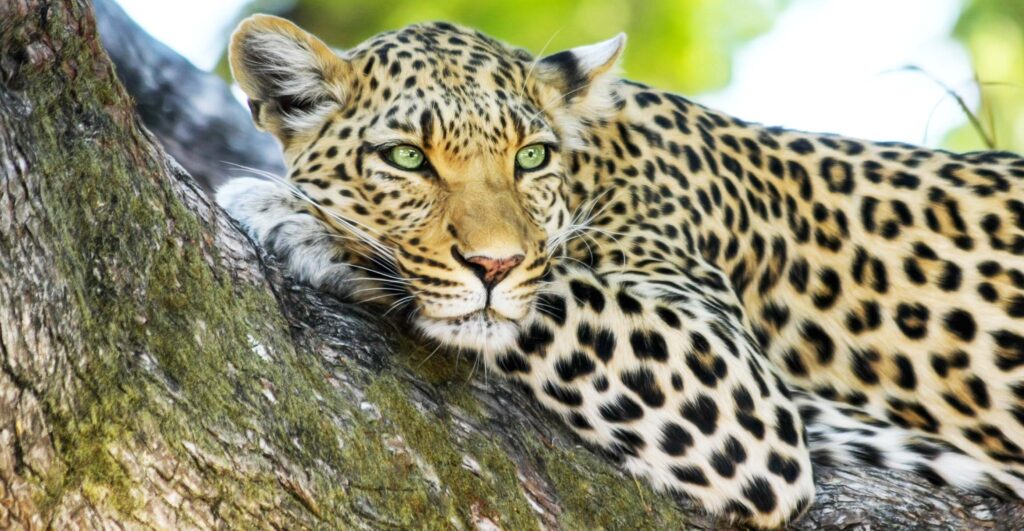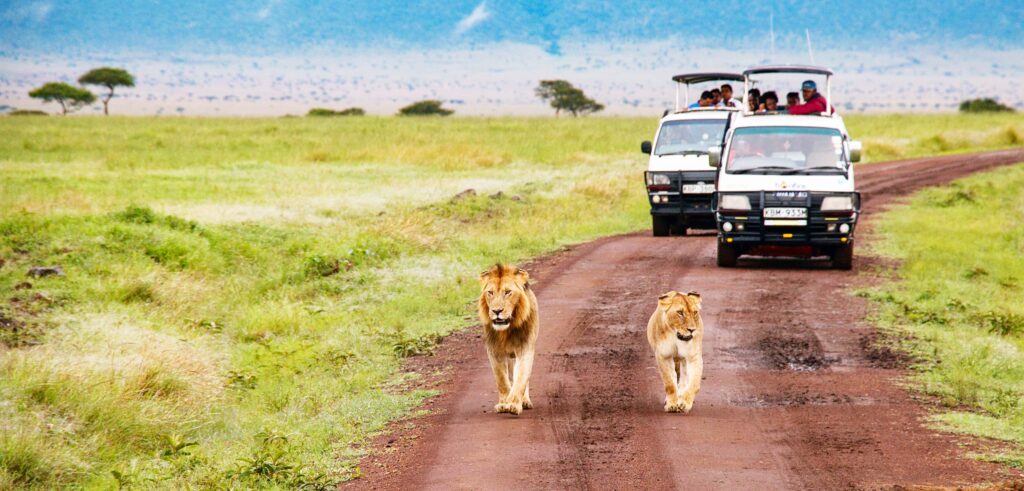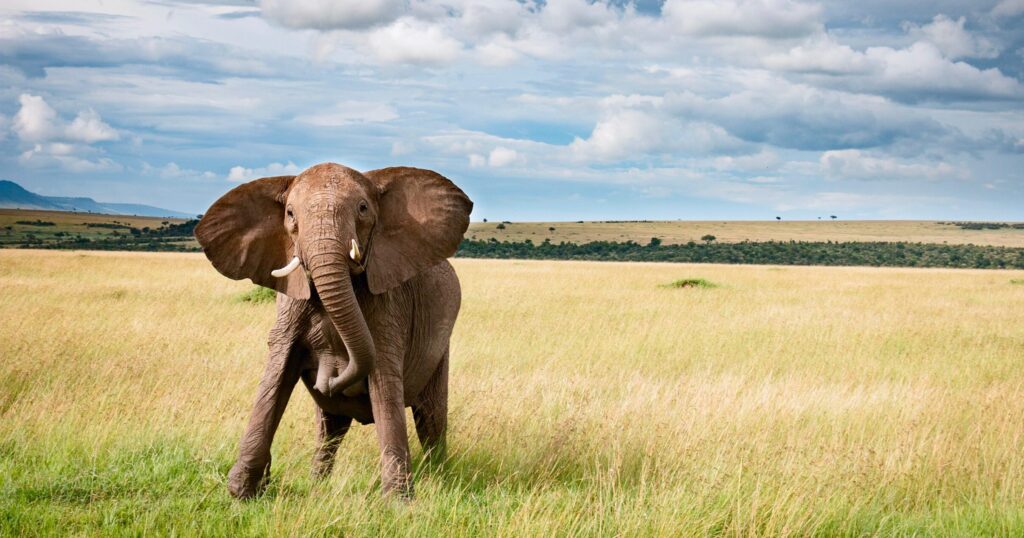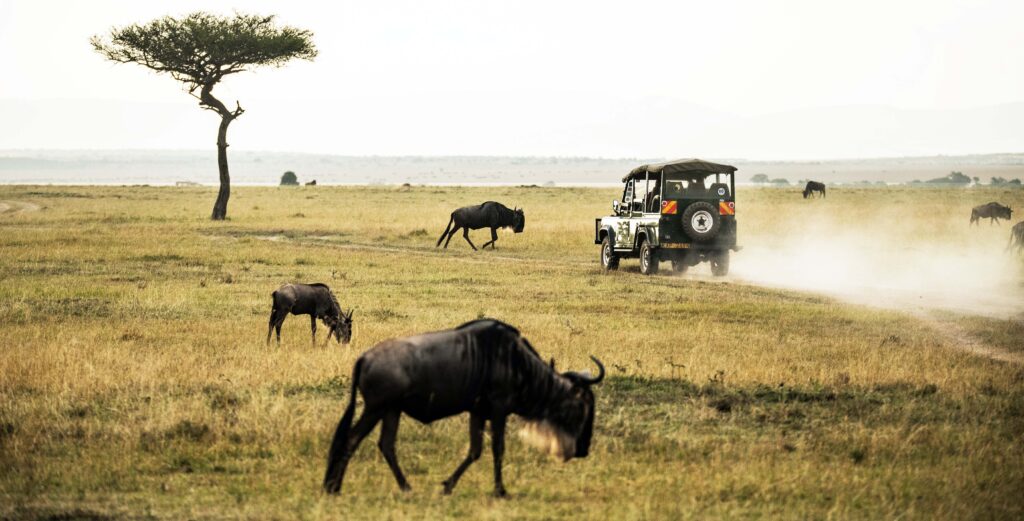 Explore Affordable Wildlife Experiences in Tanzania, Kenya, South Africa, Botswana, Zimbabwe, and Zambia
Explore Affordable Wildlife Experiences in Tanzania, Kenya, South Africa, Botswana, Zimbabwe, and Zambia
Planning an African safari can be a dream come true for many travelers, but it can also be an overwhelming experience, especially regarding budget considerations.
Fortunately, many budget-friendly African safaris and safari camps offer a fantastic wildlife experience without breaking the bank.
From the famous national parks of Tanzania, Kenya, and South Africa, to the lesser-known reserves of Botswana, Zimbabwe, and Zambia, many options suit every budget and travel style.
Whether you’re looking for an affordable tented camp or a budget-friendly lodge, plenty of options exist. This article will explore some of the best budget-friendly African safaris and safari camps to help you plan your dream wildlife adventure.
 There are many budget-friendly African safaris that you can consider. Here are some examples:
There are many budget-friendly African safaris that you can consider. Here are some examples:
- Kruger National Park, South Africa: This is one of Africa’s most famous wildlife reserves, offering a range of accommodation options to suit different budgets.
- Masai Mara, Kenya: The Masai Mara is home to the famous wildebeest migration and is one of the best places in Africa to see lions, elephants, and other wildlife.
- Serengeti National Park, Tanzania: The Serengeti is another excellent place to see the wildebeest migration, and it also offers affordable camping options for budget travelers.
- Etosha National Park, Namibia: Etosha is one of the be
st places in Africa to see rare animals, such as black rhinos and cheetahs, and has budget-friendly accommodation options.
- Chobe National Park, Botswana: Chobe is home to the largest concentration of elephants in Africa and has budget-friendly camping options.
- Hwange National Park, Zimbabwe: Hwange is home to a wide variety of wildlife, including lions, leopards, and wild dogs, and it also offers affordable camping and self-drive options.
- South Luangwa National Park, Zambia: South Luangwa is one of the best places in Africa to see leopards, and it also has budget-friendly lodges and camping options.
 TIP: It’s important to note that the term “budget-friendly” can mean different things to different people, and prices can vary depending on the time of year, the type of accommodation, and other factors.
TIP: It’s important to note that the term “budget-friendly” can mean different things to different people, and prices can vary depending on the time of year, the type of accommodation, and other factors.
Researching and comparing prices before booking safaris is always a good idea.
Many safari camps in Africa offer budget-friendly options for travelers. Here are some examples:
- Wildebeest Eco Camp, Serengeti, Tanzania: This camp offers affordable tented accommodation in the heart of the Serengeti, making it an excellent base for exploring the park.
- Manyara Wildlife Safari Camp, Lake Manyara, Tanzania: This camp offers affordable tented accommodation near Lake Manyara National Park, known for its tree-climbing lions.
- Gwango Elephant Lodge, Zimbabwe: This lodge offers affordable chalets and camping options and is located near Hwange National Park, home to various wildlife.
- Elephant Sands Lodge, Botswana: This lodge offers affordable chalets and camping options near the Chobe National Park, where you can see large herds of elephants.

- Kwa Maritane Bush Lodge, South Africa: This lodge offers affordable chalets in the Pilanesberg National Park, home to the Big Five.
- Sango Safari Camp, Zimbabwe: This camp offers affordable tented accommodation and is located in the Khwai Private Reserve, known for its excellent wildlife viewing opportunities.
- Masai Mara Manyatta Camp, Kenya: This camp offers affordable tented accommodation and is located in the Masai Mara, home to the famous wildebeest migration and a wide variety of wildlife.
TIP: It’s important to note that prices can vary depending on the time of year, the type of accommodation, and other factors, so it’s always a good idea to do your research and compare prices before booking a safari camp.
Did you know?
While all of the mentioned African countries are known for their exceptional wildlife experiences, each country has unique attributes that make it stand out.
For instance, South Africa is the only country home to the Big Five (lion, leopard, rhinoceros, elephant, and Cape buffalo) and the marine Big Five (whale, shark, dolphin, penguin, and seal).
Tanzania is home to the highest mountain in Africa, Mount Kilimanjaro, a popular trekking destination. And Botswana has the largest elephant population in Africa, making it an excellent destination for elephant lovers.
 A little history:
A little history:
African safaris date back to the colonial era. The first recorded African safari was undertaken by Sir William Cornwallis Harris, a British explorer who traveled to South Africa in 1836.
Harris’s expedition was primarily focused on hunting big game, and he wrote extensively about his experiences in his book, “Wild Sports of Southern Africa.”
Over time, the concept of African safaris evolved, becoming less focused on hunting and more on wildlife conservation and observation.
This shift was primarily driven by the efforts of early conservationists, such as Theodore Roosevelt and John Muir, who recognized the importance of preserving Africa’s unique wildlife and habitats.
African safaris these days are an essential part of the continent’s tourism industry and play a critical role in supporting conservation efforts and local communities.
Many African countries have implemented strict regulations and guidelines for safaris to ensure that they are conducted responsibly and sustainably.
This includes measures such as limiting the number of visitors to national parks, promoting eco-friendly accommodations and transportation, and educating visitors on African safaris about the importance of wildlife conservation.


